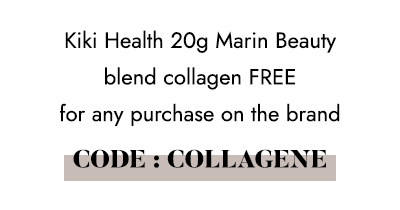Comments
- New
-
BRANDS
SEE ALL OUR BRANDSOUR LATEST BRANDS
- Eclo
- Refeel Naturals
- Koba Skincare
- Skin Diligent
- Novexpert
- Skin & Out
- Andromée
- Mimétique
- Oden
- Nüssa Cosmetics
- Bastille Parfums
- Hiro Cosmetics
ICONIC- Lily Lolo
- Mádara
- Evolve Beauty
- Ilia Beauty
- RMS Beauty
- Ere Perez
- Antipodes
- Odacité
- Gressa Skin
- Cut by Fred
- Pai Skincare
- Whamisa
- On The Wild Side
- Okoko Cosmétiques
MADE IN FRANCE- Cut by Fred
- On The Wild Side
- La Canopée
- Umaï
- The Smilist
- Nooance
- Manucurist
- Absolution
- Absolution
- Le Rouge Français
- Laboratoires de Biarritz
- Oryza Lab
- Les Secrets de Loly
- In Haircare
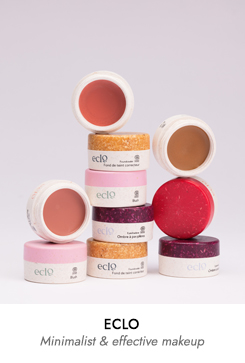
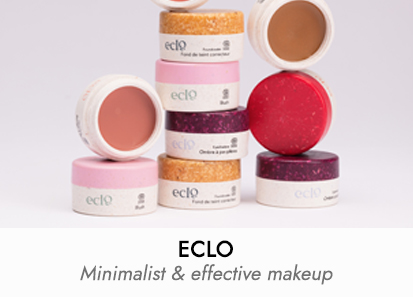
- ✨ ADVENT CALENDAR ✨
-
SKINCARE
SEE ALLSKINCARE
- Makeup remover
- Cleanser
- Toner & mist
- Serum
- Moisturizer
- Face oil
- Face balm
- Night care
- Exfoliant
- Mask
- Eye contour
- Lip balm
- Booster
- Anti spot care
FACE SUNSCREENFACE TOOLTRAVEL SIZEBEAUTY CONCERNS- Blemishes
- Sensitivity & redness
- Wrinkles
- First signs of ageing
- Dehydrated skin
- Hyperpigmentation
- Dull skin
- Dryness & irritations
- Enlarged pores & blackheads
- Shine
- Loss of firmness
ACTIVE INGREDIENTS- Hyaluronic acid
- Salicylic acid / BHA
- Adaptogens
- AHA
- Bakuchiol & retinol-like
- Ceramides
- Collagen
- Niacinamide
- Peptides
- Pre & probiotics
- Retinol
- Vitamin C
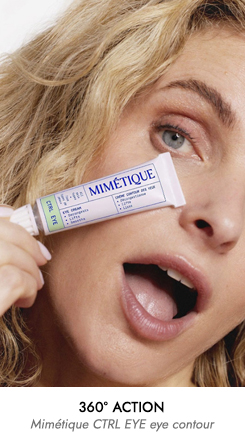
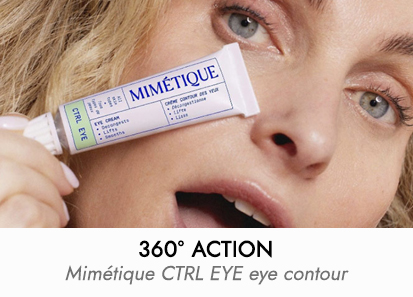
-
MAKEUP
SEE ALLCOMPLEXION
- Primer
- Foundation
- BB cream & tinted moisturizer
- Concealer & corrector
- Setting powder
- Blush
- Highlighter
- Bronzer
- Setting mist
LIPS- Lip pencil
- Tinted balm
- Lipstick
- Gloss
EYES- Eyeshadow
- Eye liner
- Eye pencil
- Mascara
- Eyebrow makeup
OTHER- Nail polish
- Brush & tool
- Palette
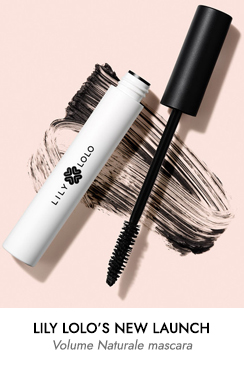
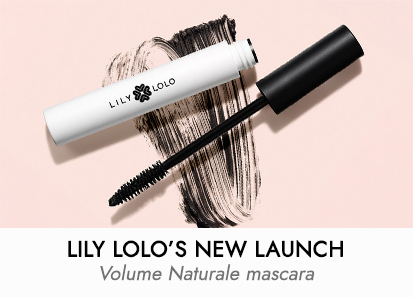
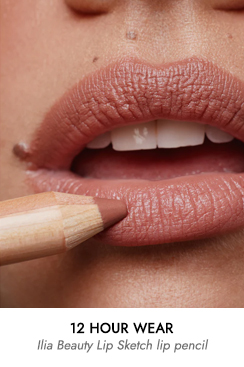

-
HAIR
SEE ALLHAIRCARE TYPE
- Shampoo
- Conditioner
- Mask
- Styling care & leave-in
- Hair dye
HAIR TOOLTRAVEL SIZEBEAUTY CONCERN- Nourish & repair
- Hair growth
- Volume
- Shine
- Curls
- Oily scalp
- Frizz control
- Irritated scalp
- Color protection
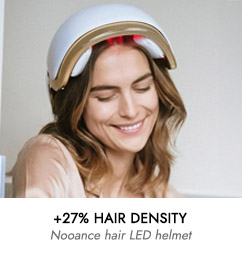

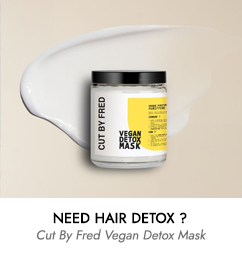
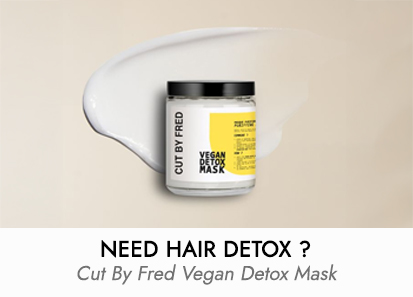
-
BODY
SEE ALLBODY CARE
- Body lotion
- Scrub
- Body oil
- Hand & foot care
- Depilation
- Multipurpose care
HYGIENE & BATH- Deodorant
- Shower gel
- Soap
- Oral hygiene
SUN CARE- Body sunscreen
- After sun
- Self tan
BEAUTY CONCERN- Dry skin
- Very dry skin & irritations
- Lack of firmness
- Cellulitis
- Stretch marks
FRAGRANCEINTIMATE AREABODY TOOL

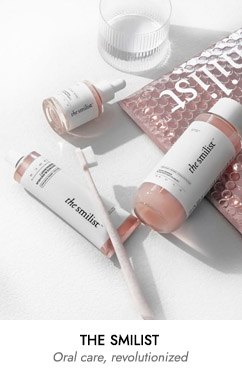
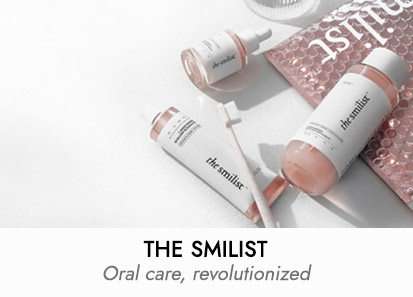
-
WELLNESS
SEE ALLFOOD SUPPLEMENT
- Skin food supplement
- Hair food supplement
- Hair food supplement
- Wellness food supplement
INGREDIENT- Collagen
- Pre & probiotics
- Vitamin C
- Hyaluronic acid
CONCERN- Hair loss / growth
- Blemishes
- Wrinkles & firmness
- Metabolism & digestion
- Silhouette & weight loss
- Tanning
- Feminine balance
- Sleep
OTHER- Aromatherapy
- Zero waste

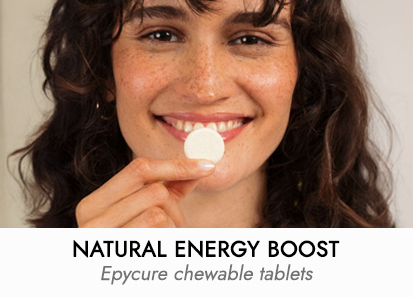
-
FAMILY
SEE ALLMOM (TO BE)BABYTEENAGERMAN
- Shaving
- Face
- Body
- Hair


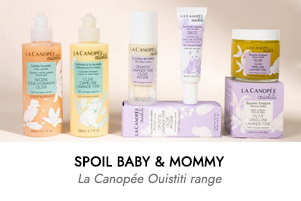
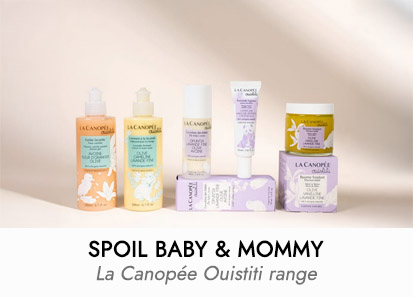
-
GIFTS
SEE ALLADVENT CALENDARGIFT CARDTYPE OF GIFT
- Makeup gift
- Skincare gift
- Self care gift
- Fragrance gift
- Vegan gift
GIFTS FOR ALL- Gift for mom
- Gift for my daughter
- Gift for mom-to-be
- Gift for him
GIFTS BY BUDGET- Gift for 30€ or less
- Gift between 30€ and 80€
- Gift for 80€ and more




- OFFERS
- OUTLET
-
DIAGNOSIS
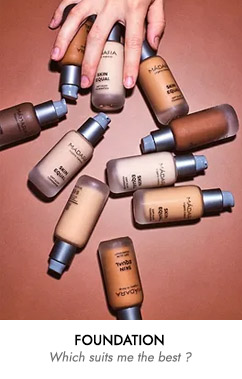 WHICH FOUNDATION IS RIGHT FOR ME ?
WHICH FOUNDATION IS RIGHT FOR ME ?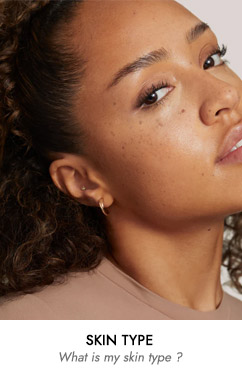 WHAT IS MY SKIN TYPE ?
WHAT IS MY SKIN TYPE ?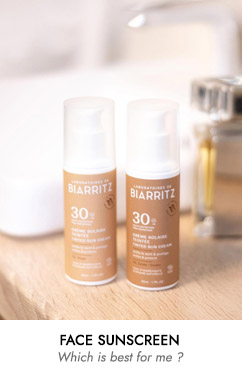 MY PERFECT SUNSCREEN
MY PERFECT SUNSCREEN MY CUSTOM HAIRCARE ROUTINE
MY CUSTOM HAIRCARE ROUTINE -
BEAUTY GUIDE
SKINCARE GUIDE
- I have dry skin
- I have combination skin
- I have oily skin
- I have dehydrated skin
- I have sensitive skin
- I have mature skin
- How to get rid of acne ?
- All against blackheads and enlarged pores
- How to treat hyperpigmentation ?
- Is my skincare comedogenic ?
- Every benefit of niacinamide
- Korean routine for a glass skin effect
- What is the best LED mask ?
- How to use a gua sha ?
- All our skincare guide
MAKEUP GUIDE- Which foundation for my skin type ?
- Foundation : which shade to choose ?
- Which concealer to choose ?
- How to get a flawless complexion
- The best natural lipsticks
- All you need to know about mineral makeup
HAIR GUIDE- What is the best organic shampoo ?
- 6 tips to take care of your hair in the summer
- What routine for my wavy hair ?
- What routine for my curly hair ?
- What routine for my coily hair ?
- What to do to limit hair loss ?
- Our tips against oily hair
- What can I do for my dry hair ?
- How to treat dull hair ?
- Dandruff : causes & solutions
- What routine for my fine hair ?
- All about hair porosity
- Our tips to dye your hair naturally
- Q&A about post-partum hair loss
- What is co-wash ?
- All our hair guide
CYCLE GUIDE- What skincare routine for a teenager ?
- Period pimples : causes & solutions
- Pregnancy in a natural way
- How to handle menopause's effects on the skin ?
SUNCARE GUIDE- Which organic sunscreen to choose ?
- Top 10 natural sunscreens
- The best natural self tan
- Q&A on self tan
SPECIAL GUIDE- The best oral hygiene routine
- Benefits of dry brushing
- Should you avoid essential oils ?
- The best natural deodorants
- MonCornerB
- how to identify hair porosity and adapt your hair routine



